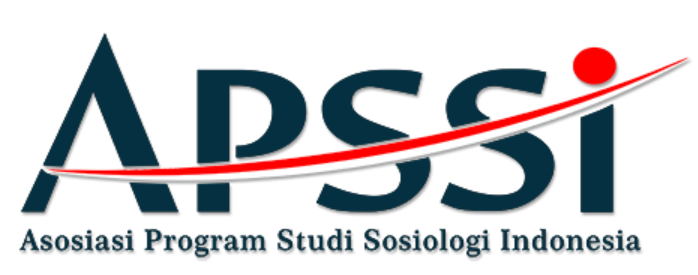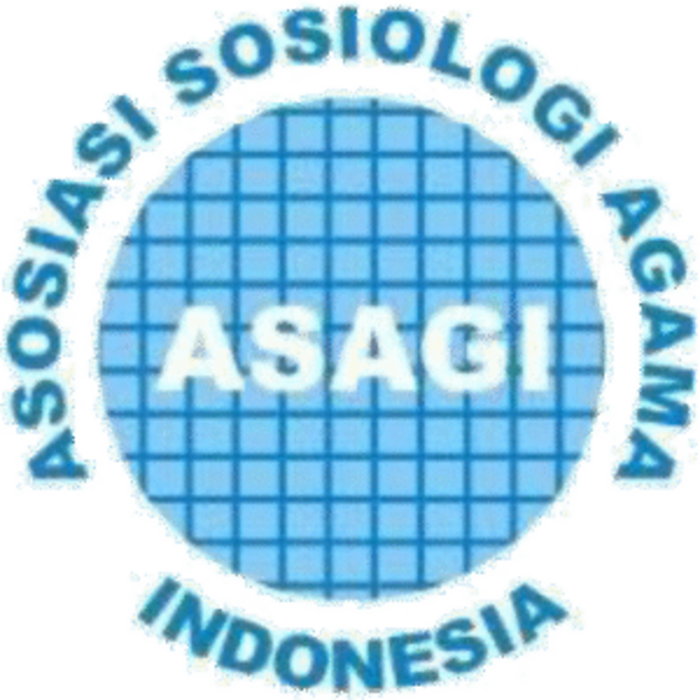- The Manuscript should be written in English and have never been published or is not in the process of submission for publication to other media and does not contain elements of plagiarism.
- The Manuscript may take the form of research, case studies, or literary studies.
- The author should register as an author. The guides to register and submit the paper is at the bottom.
- The Manuscript will publish in BELIEF: Sociology of Religion Journal after being reviewed by peer reviewers.
- The Manuscript should be prepared according to the following author guidelines and Template. The writing template can be downloaded here.
Manuscript Preparation Guidelines Structure of the manuscripts
- Title. The title should be short, bright, and informative, but does not exceed 15 words. It has to be pinpoint with the issues discussed. The article title does not contain any uncommon abbreviation. The main ideas should be written first and followed then by its explanations.
- Author’s names and institutions. The author's names should be accompanied by the author's institutions, institutions address, and email addresses, without any academic titles and job title.
- Abstract. Abstracts are written in Indonesian and English. Abstract is made in one paragraph which consists of the background, objective, research methods, results, conclusions and keywords (3-5 phrases).
- Background. The background must contain (shortly and consecutively) a general background and a literature review (state of the art), the main research problems and research method. In the final part of the introduction, the purpose of the article writing should be stated.
- Content. This part consists of the research results and how they are discussed. The results obtained from the research have to be supported by sufficient data. The research results and the discovery must be the answers, or the research hypothesis stated previously in the introduction part. The following components should be covered in the discussion: How do your results relate to the original question or objectives outlined in the Introduction section (what/how)? Do you provide interpretation scientifically for each of your results or findings presented (why)? Are your results consistent with what other investigators have reported (what else)? Or are there any differences?
- Conclusions. Conclusion should answer the objectives of the research and the research discoveries. The concluding remark should not contain only the repetition of the results and discussions or abstract. You should also suggest future research and point out those that are underway.
- References. The literature listed in the References contains only the sources referenced or included in the article. Please use Reference Manager Applications like Mendeley or Zotero. Referral sources should provide 80% of journal articles, proceedings, or research results from the last five years. Writing techniques bibliography, using the bodynote system cites American Sociological Association (ASA) 6th/7th Edition. Please ensure that each reference has a DOI or accessible online sources.
How to write the bodynotes
Single Author (Gaffar 2023). Two Authors (Nugroho and Diputra 2023). Three Authors (Normayani, Elsera, and Wahyuni 2023). Four Authors or more (Pradana et al. 2023).
How to write the bibliography
- Journal Article
Gaffar, Abdul. 2023. “Persecution of the Indonesian Ahmadiyya Congregation through the MUI Fatwa, Tuan Guru, and the Lombok Community.” Belief: Sociology of Religion Journal 1(1):11–23. doi:10.30983/belief.v1i1.6482.
Nugroho, Agustinus Hadi, and Tito Briyan Diputra. 2023. “Religious Fanatic Subjects in the Postmodernism Era: The Meta-Theory of the Sociology of Religion Peter L. Berger.” Belief: Sociology of Religion Journal 1(1):1–10. doi:https://doi.org/10.30983/belief.v1i1.6469.
- Proceeding / Conference Paper
Sholihah, Silvi Amaliatus, and Hesih Permawati. 2025. “Primary School Teacher’s Beliefs and Perception of STEM Education in Indonesia.” Pp. 77–87 in Proceedings of the 8th International Symposium on Mathematics Education and Innovation (ISMEI 2024), Atlantis Highlights in Social Sciences, Education and Humanities. Atlantis Press.
Sujadmiko, Bayu, Nobuhide Otomo, and Ahmad Sopyan. 2016. “Digital Sharing Cases and Japanese Copyright Enforcement.” Pp. 292–308 in Proceeding of International Conference 1st SHIELD 2016. Bandar Lampung: Post Graduate Program University of Lampung.
- Book
Sudjana. 2003. Tuntunan Penyusunan Karya Ilmiah, Skripsi, Tesis, Disertasi. Bandung: Sinar Baru.
- Book Chapter
Guarino, Nicola, Daniel Oberle, and Steffen Staab. 2009. “What Is an Ontology?” Pp. 1–17 in Handbook on Ontologies. Berlin: Springer.
- Thesis
Drakard, Jane. 1993. “A Kingdom of Words: Minangkabau Sovereignty in Sumatran History.” Australia National University.
- Magazine / Newspaper (online or offline)
Jawa Pos. 2018. “Berduaan Dalam Kamar, Oknum ASN Pemprov Sumbar Digerebek Warga.
- Website
American Academy of Pediatrics. 2016. “American Academy of Pediatrics Announces New Recommendations for Children’s Media Use.”
- Interview
Bahren. 2022. “Interview.”



